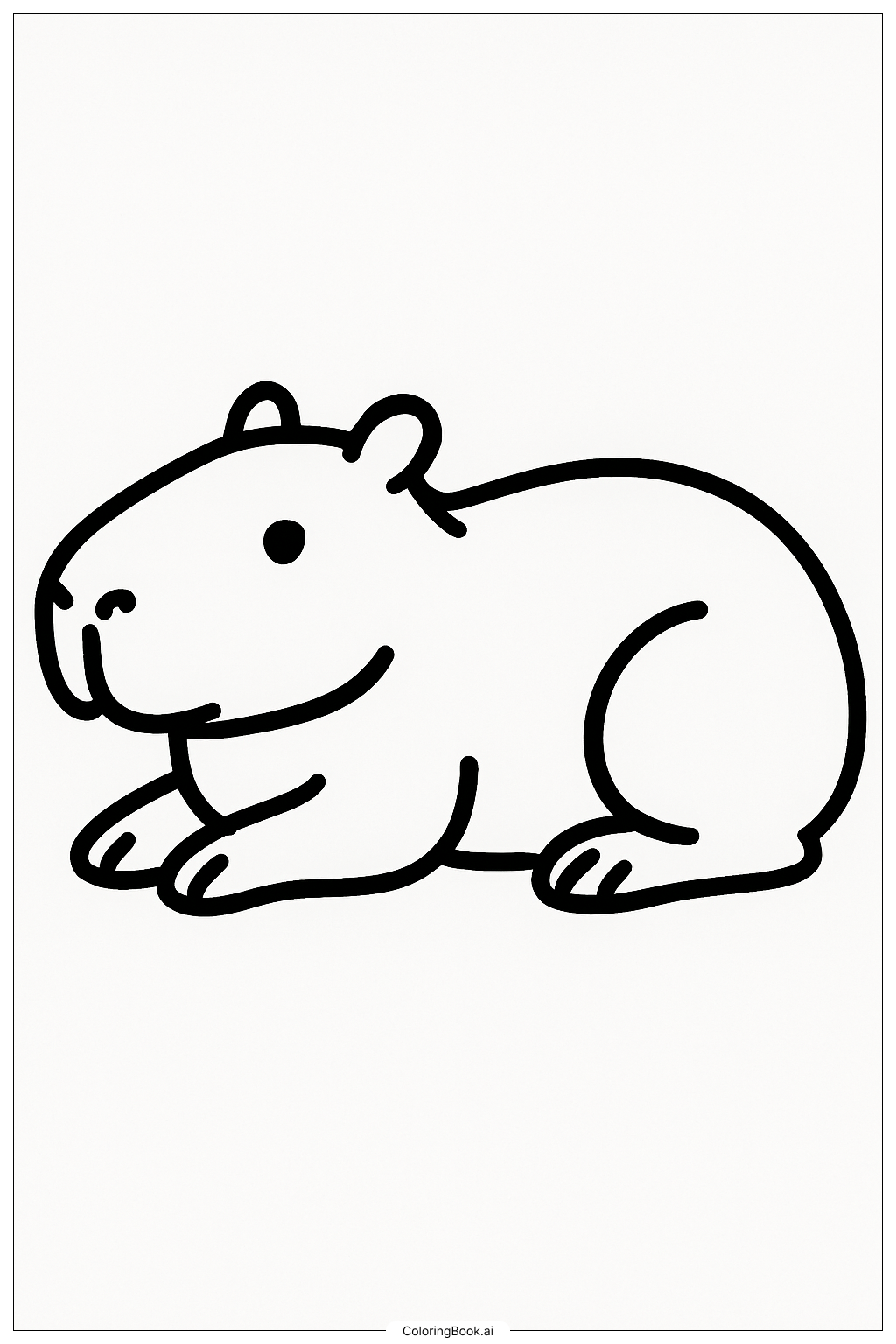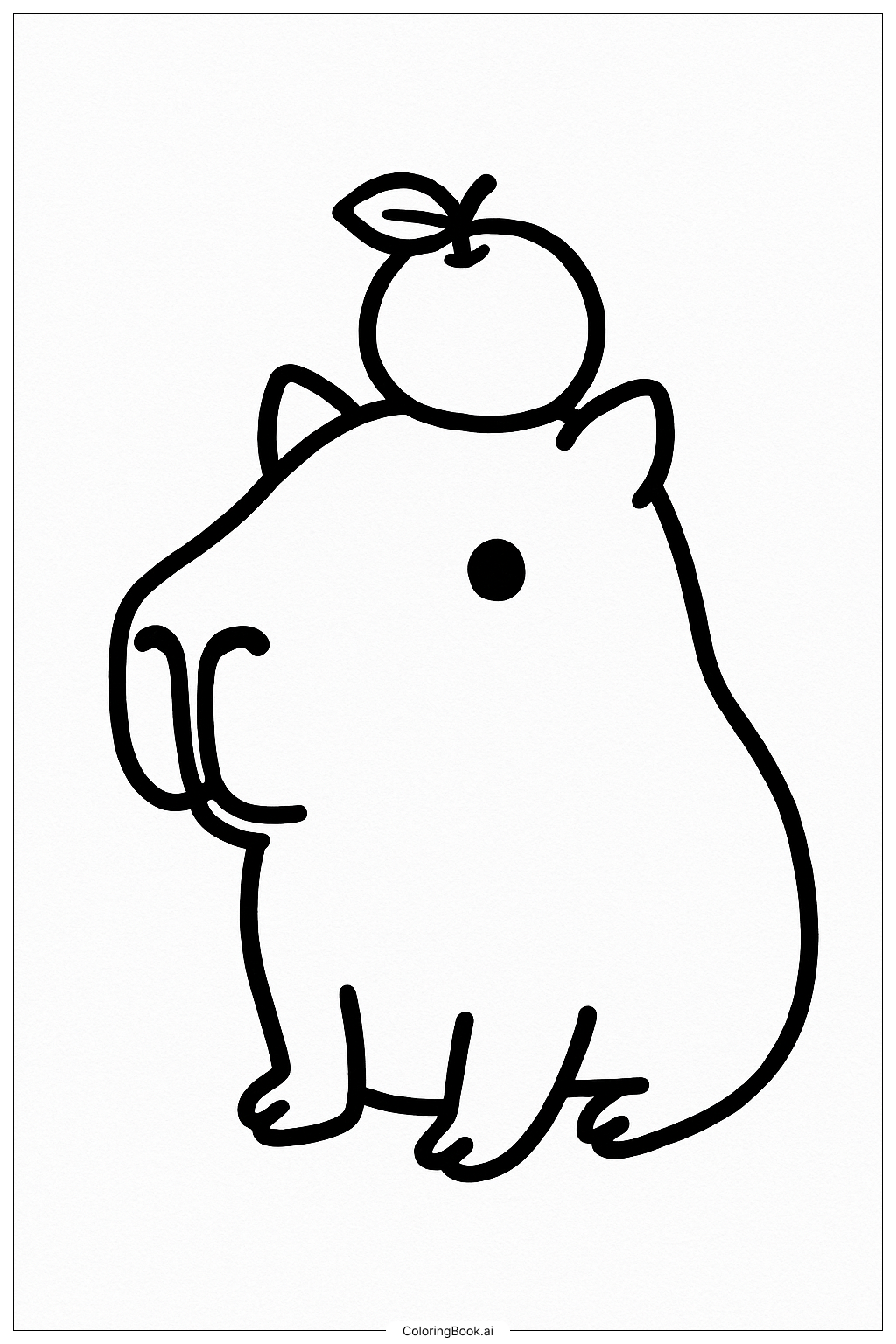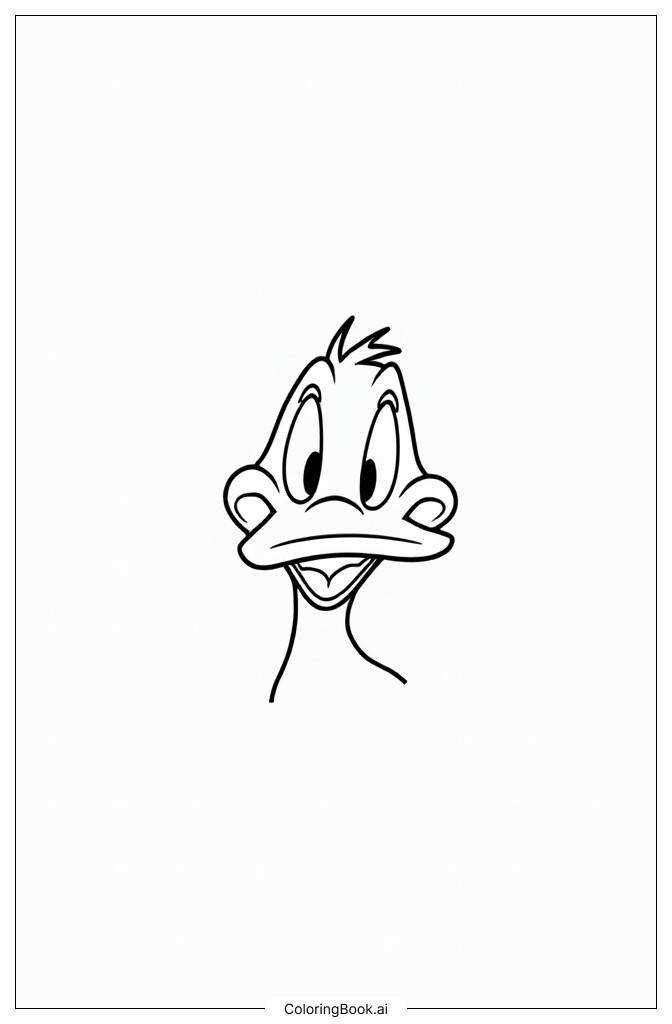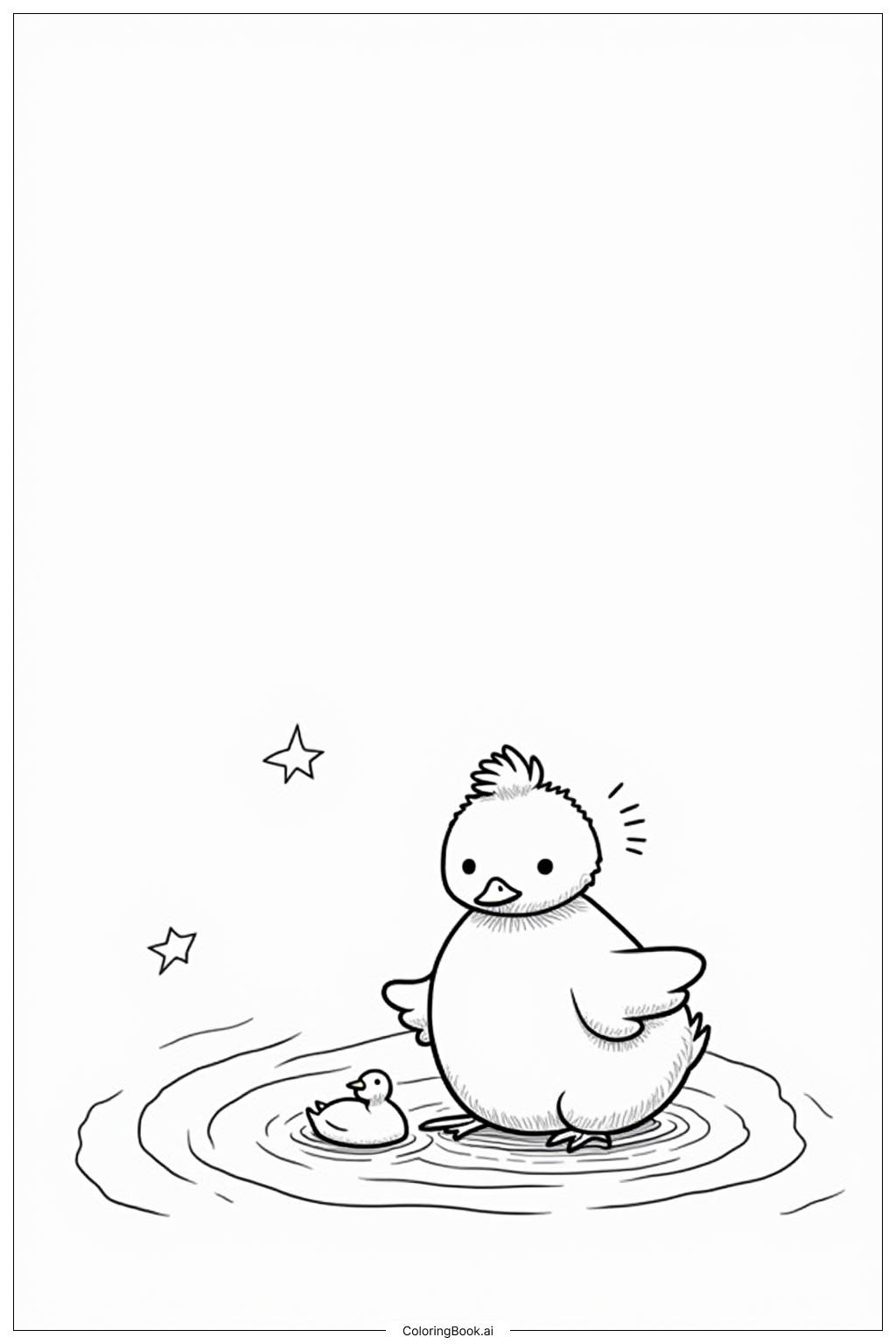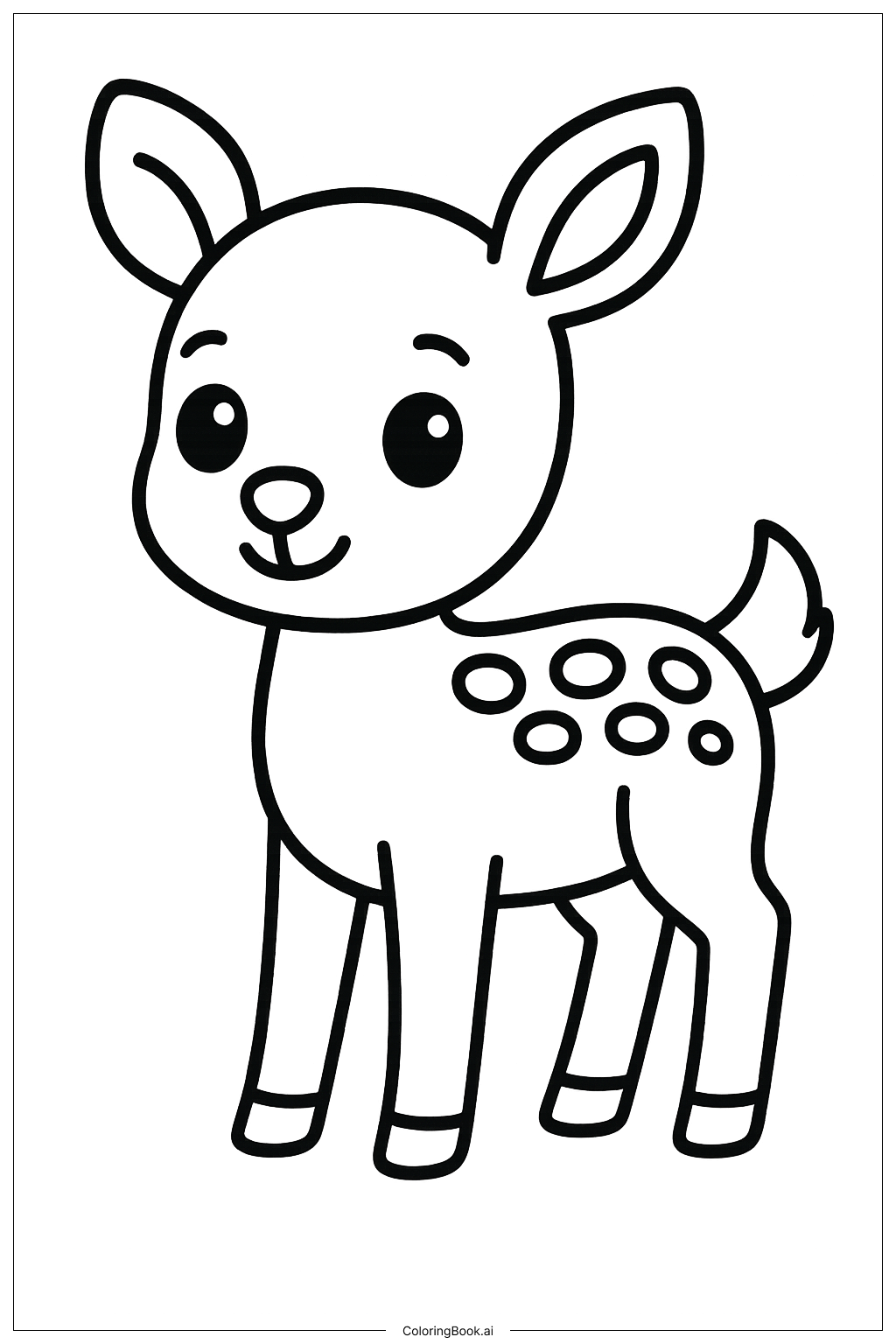Coloring tips: How to color A Capybara With A Leaf On Its Nose coloring page well?
Use shades of brown for the capybara's body, as they have soft brown fur. You can use light or dark brown, and even add some highlights or shadows to make it look more natural. For the leaf on the nose, use green colors. You can try different green shades to make the leaf look fresh or dry. Try coloring around the edges carefully so the leaf stands out well. Keep the eye black or dark brown to keep it simple and pretty. Don’t forget to color the background with colors you like, like blue for sky or bright colors to make it cheerful.
Coloring challenges: Which parts are difficult to color and need attention for A Capybara With A Leaf On Its Nose coloring page?
1. Coloring inside the thin outlines can be tricky, especially around the small nose and ears. Careful hand control is needed.
2. The leaf on the nose has small veins that need attention to detail to color nicely without ruining the shape.
3. Shading the round body to look three-dimensional may be difficult for younger children. It requires blending or layering colors.
4. The paws and tail have small spaces that need precision to color without overlapping the bold lines.
5. Maintaining the contrast between the capybara and the leaf can be challenging, so colors should be chosen carefully.
Benefits of coloring books: Advantages of drawing A Capybara With A Leaf On Its Nose coloring page
Coloring this capybara picture helps children improve hand-eye coordination and fine motor skills because of the small spaces and details. It encourages creativity as they choose colors for the animal and the leaf. Coloring also promotes patience and focus while working carefully within the lines. This activity can be calming and relaxing, reducing stress. It also teaches children about animals and nature, making it both fun and educational.

